-
 Bitcoin
Bitcoin $83,656.9601
-1.62% -
 Ethereum
Ethereum $1,818.3048
-3.24% -
 Tether USDt
Tether USDt $0.9999
0.02% -
 XRP
XRP $2.0453
-3.52% -
 BNB
BNB $599.7061
-0.69% -
 USDC
USDC $0.9999
-0.01% -
 Solana
Solana $118.3126
-6.02% -
 Dogecoin
Dogecoin $0.1640
-4.52% -
 Cardano
Cardano $0.6511
-4.29% -
 TRON
TRON $0.2335
-1.51% -
 Toncoin
Toncoin $3.7164
-8.64% -
 UNUS SED LEO
UNUS SED LEO $9.4227
0.27% -
 Chainlink
Chainlink $12.9728
-4.64% -
 Stellar
Stellar $0.2607
-2.54% -
 Avalanche
Avalanche $18.3389
-5.50% -
 Sui
Sui $2.3026
-5.14% -
 Shiba Inu
Shiba Inu $0.0...01230
-0.69% -
 Hedera
Hedera $0.1628
-3.23% -
 Litecoin
Litecoin $84.3882
2.03% -
 Polkadot
Polkadot $3.9994
-2.68% -
 MANTRA
MANTRA $6.3543
2.57% -
 Bitcoin Cash
Bitcoin Cash $305.8204
-0.19% -
 Bitget Token
Bitget Token $4.5673
-0.88% -
 Dai
Dai $1.0000
0.01% -
 Ethena USDe
Ethena USDe $0.9998
-0.01% -
 Pi
Pi $0.6299
-7.08% -
 Hyperliquid
Hyperliquid $11.7893
-12.57% -
 Monero
Monero $211.7997
-1.68% -
 Uniswap
Uniswap $5.9917
-1.93% -
 Aptos
Aptos $5.2508
-0.86%
does nft have a future
NFTs' growing adoption, technological advancements, and expanding use cases indicate a promising future, driven by regulatory clarity, metaverse integration, and increased liquidity.
Oct 25, 2024 at 09:23 am
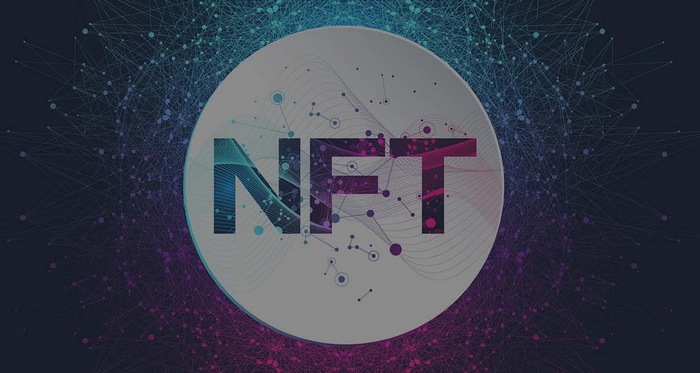
Does NFT Have a Future?
NFTs (non-fungible tokens) have gained significant attention in recent years, sparking discussions about their potential and long-term viability. Let's examine the factors that shape the future of NFTs:
1. Growing Adoption:
NFTs have witnessed a surge in mainstream adoption, with major companies such as Nike, Gucci, and Visa embracing their use cases. This growing popularity suggests that NFTs have potential in various industries beyond the art world.
2. Technological Advancements:
The underlying blockchain technology powering NFTs continues to evolve, enabling improved security, efficiency, and scalability. Innovations such as programmable NFTs (PNFTs) and fractionalized NFTs expand the capabilities of NFTs.
3. Diversification of Use Cases:
Initially associated with digital art, the utility of NFTs is expanding into various fields, including music, gaming, real estate, and supply chain management. This diversification increases the potential market size for NFTs.
4. Regulatory Clarity:
As the NFT space matures, governments and regulatory bodies are working to provide regulatory frameworks that protect investors and ensure responsible trading practices. This will boost confidence and encourage institutional adoption.
5. Integration with Metaverse:
The metaverse is a virtual world where virtual and augmented reality converge. NFTs are expected to play a crucial role in the metaverse, representing ownership of digital assets and unlocking new experiences.
6. Increasing Liquidity:
NFT marketplaces and secondary markets have been established, providing liquidity and enabling NFT holders to trade their assets more easily. This liquidity encourages investment and promotes the growth of the NFT market.
7. Collectibility and Emotional Value:
NFTs often represent limited-edition or unique digital items, attracting collectors seeking exclusive or memorable experiences. The emotional value associated with NFTs drives demand and long-term holding.
8. Concerns and Challenges:
Despite the potential, NFTs face certain challenges, including energy consumption, scams, and market volatility. These concerns require ongoing attention and improvements to ensure the long-term sustainability of NFTs.
Conclusion:
The future of NFTs appears promising, with factors such as growing adoption, technological advancements, and expanding use cases driving their potential. Regulatory clarity, integration with the metaverse, and increased liquidity will further bolster the NFT market. However, addressing concerns and challenges is essential to ensure responsible growth and sustainable success.
Disclaimer:info@kdj.com
The information provided is not trading advice. kdj.com does not assume any responsibility for any investments made based on the information provided in this article. Cryptocurrencies are highly volatile and it is highly recommended that you invest with caution after thorough research!
If you believe that the content used on this website infringes your copyright, please contact us immediately (info@kdj.com) and we will delete it promptly.
- Fast USDC: Reducing Cross-Chain Transfer Times from 20 Minutes to Under 60 Seconds
- 2025-04-03 17:45:12
- Arthur Hayes Predicts Bitcoin (BTC) Will Hit $250K by the End of 2025
- 2025-04-03 17:45:12
- Bitcoin and other major cryptocurrencies were down as President Donald Trump put tariffs on the US trading partners
- 2025-04-03 17:40:13
- PayPal Adds Solana (SOL) and Chainlink (LINK) to Its List of Supported Cryptocurrencies
- 2025-04-03 17:40:13
- XRP Might Be Flashing the Early Signs of a Long-Term Bearish Trend
- 2025-04-03 17:35:12
- Swan Chain Expands Its Reach Through Integration with Parasail
- 2025-04-03 17:35:12
Related knowledge
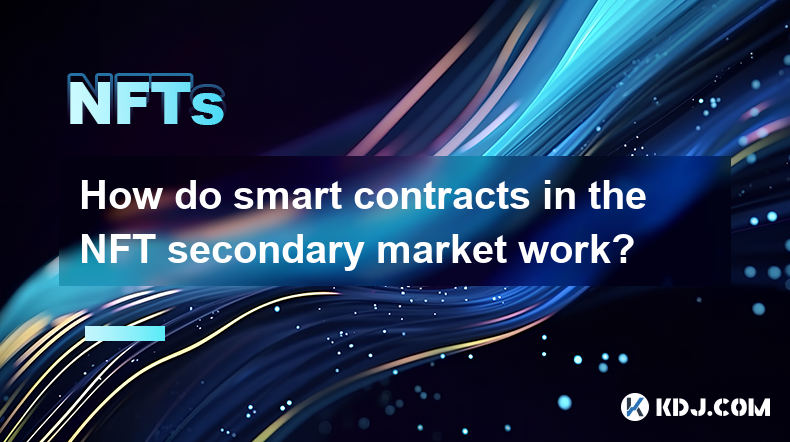
How do smart contracts in the NFT secondary market work?
Apr 03,2025 at 07:14am
Smart contracts play a pivotal role in the NFT secondary market, facilitating seamless transactions and enforcing predefined rules. These self-executing contracts with the terms of the agreement directly written into code are stored on the blockchain. In the context of NFTs, smart contracts automate the buying, selling, and transferring of digital asset...
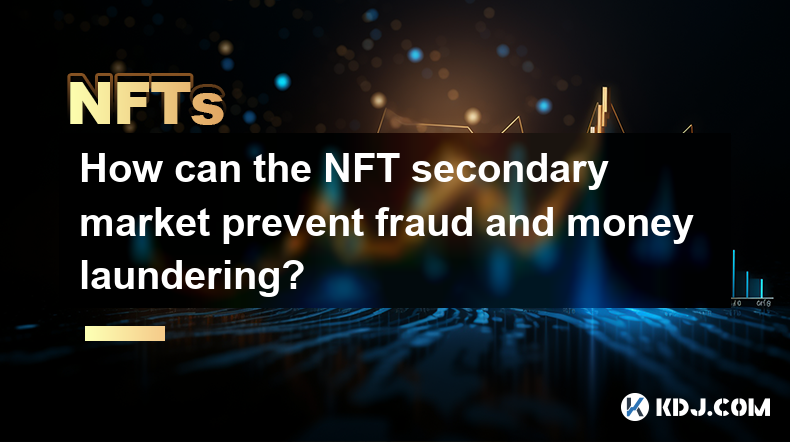
How can the NFT secondary market prevent fraud and money laundering?
Apr 03,2025 at 08:35am
The NFT secondary market has become a thriving hub for digital art and collectibles, but it also faces challenges in preventing fraud and money laundering. To tackle these issues, the market can implement various strategies and technologies to ensure a safer and more transparent trading environment. This article will explore how the NFT secondary market...
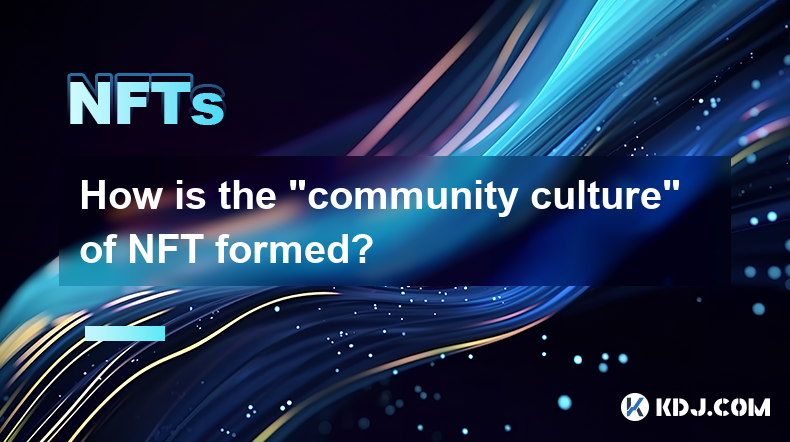
How is the “community culture” of NFT formed?
Apr 03,2025 at 11:07am
The formation of the 'community culture' within the NFT (Non-Fungible Token) space is a fascinating and multi-faceted process. It involves various elements such as shared interests, active engagement, and the creation of a sense of belonging among members. NFT communities often revolve around specific projects or artists, fostering a unique environment ...
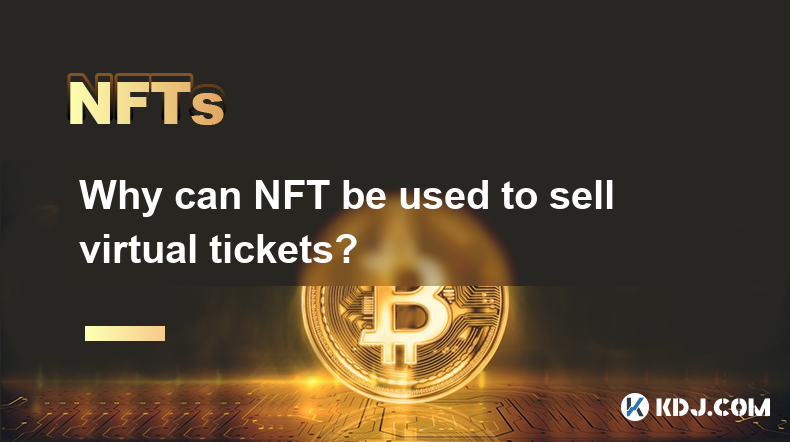
Why can NFT be used to sell virtual tickets?
Apr 03,2025 at 01:35pm
NFTs, or Non-Fungible Tokens, have revolutionized the way we think about digital ownership and value, particularly in the realm of virtual tickets. The primary reason NFTs can be used to sell virtual tickets is their unique nature. Unlike cryptocurrencies such as Bitcoin or Ethereum, which are fungible and can be exchanged on a one-to-one basis, NFTs ar...
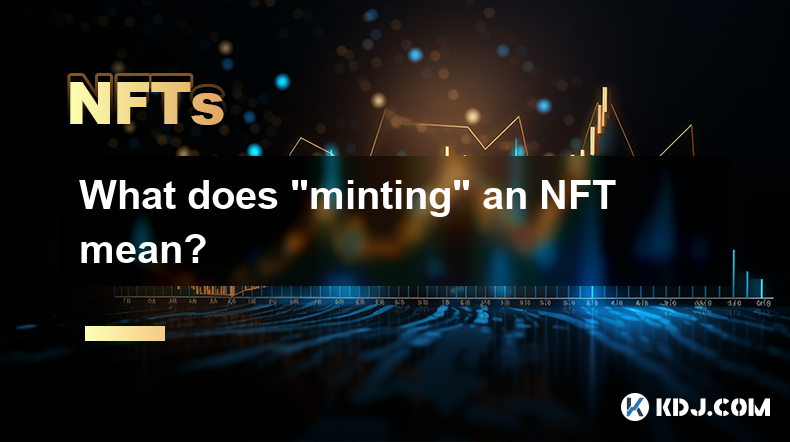
What does “minting” an NFT mean?
Apr 03,2025 at 01:28pm
Minting an NFT, or Non-Fungible Token, refers to the process of creating and publishing a unique digital asset on a blockchain. This process transforms a digital file into a blockchain-based asset that can be owned, bought, sold, or traded. The term 'minting' is borrowed from the traditional concept of producing coins, symbolizing the creation of someth...
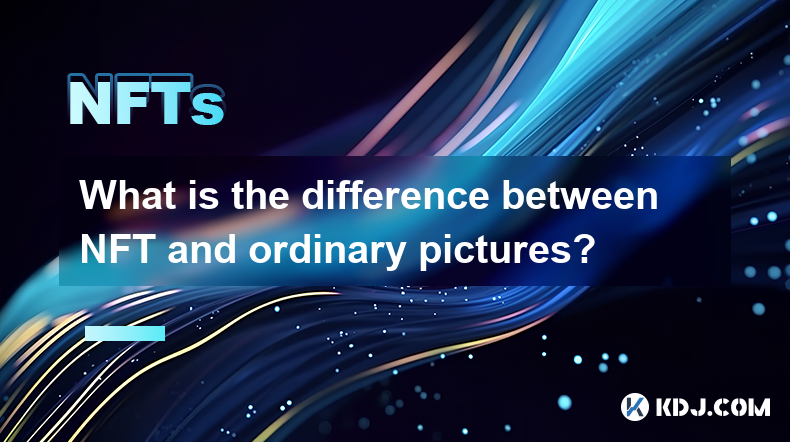
What is the difference between NFT and ordinary pictures?
Apr 03,2025 at 02:07pm
The world of cryptocurrency has seen a significant rise in the popularity of Non-Fungible Tokens (NFTs), which often leads to confusion about what sets them apart from ordinary pictures. In this article, we will delve into the key differences between NFTs and regular images, exploring their unique features, applications, and implications within the cryp...

How do smart contracts in the NFT secondary market work?
Apr 03,2025 at 07:14am
Smart contracts play a pivotal role in the NFT secondary market, facilitating seamless transactions and enforcing predefined rules. These self-executing contracts with the terms of the agreement directly written into code are stored on the blockchain. In the context of NFTs, smart contracts automate the buying, selling, and transferring of digital asset...

How can the NFT secondary market prevent fraud and money laundering?
Apr 03,2025 at 08:35am
The NFT secondary market has become a thriving hub for digital art and collectibles, but it also faces challenges in preventing fraud and money laundering. To tackle these issues, the market can implement various strategies and technologies to ensure a safer and more transparent trading environment. This article will explore how the NFT secondary market...

How is the “community culture” of NFT formed?
Apr 03,2025 at 11:07am
The formation of the 'community culture' within the NFT (Non-Fungible Token) space is a fascinating and multi-faceted process. It involves various elements such as shared interests, active engagement, and the creation of a sense of belonging among members. NFT communities often revolve around specific projects or artists, fostering a unique environment ...

Why can NFT be used to sell virtual tickets?
Apr 03,2025 at 01:35pm
NFTs, or Non-Fungible Tokens, have revolutionized the way we think about digital ownership and value, particularly in the realm of virtual tickets. The primary reason NFTs can be used to sell virtual tickets is their unique nature. Unlike cryptocurrencies such as Bitcoin or Ethereum, which are fungible and can be exchanged on a one-to-one basis, NFTs ar...

What does “minting” an NFT mean?
Apr 03,2025 at 01:28pm
Minting an NFT, or Non-Fungible Token, refers to the process of creating and publishing a unique digital asset on a blockchain. This process transforms a digital file into a blockchain-based asset that can be owned, bought, sold, or traded. The term 'minting' is borrowed from the traditional concept of producing coins, symbolizing the creation of someth...

What is the difference between NFT and ordinary pictures?
Apr 03,2025 at 02:07pm
The world of cryptocurrency has seen a significant rise in the popularity of Non-Fungible Tokens (NFTs), which often leads to confusion about what sets them apart from ordinary pictures. In this article, we will delve into the key differences between NFTs and regular images, exploring their unique features, applications, and implications within the cryp...
See all articles























































































